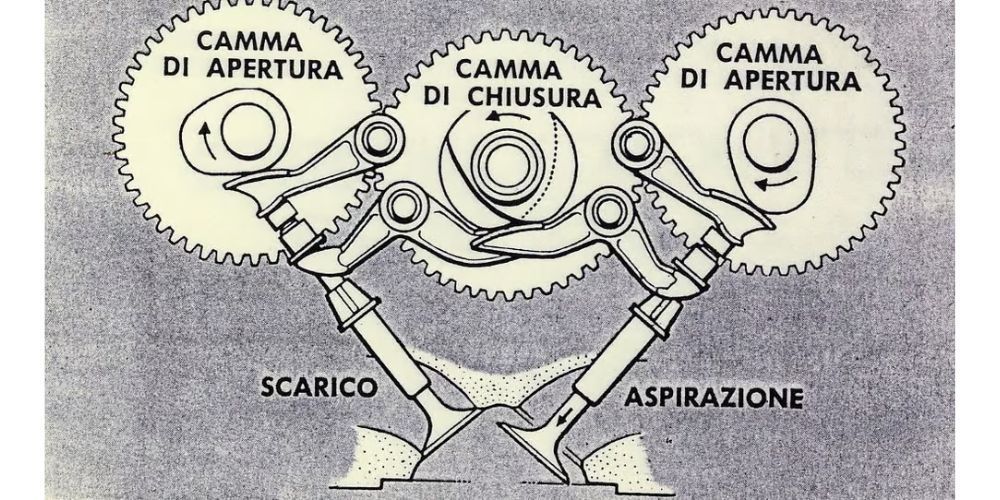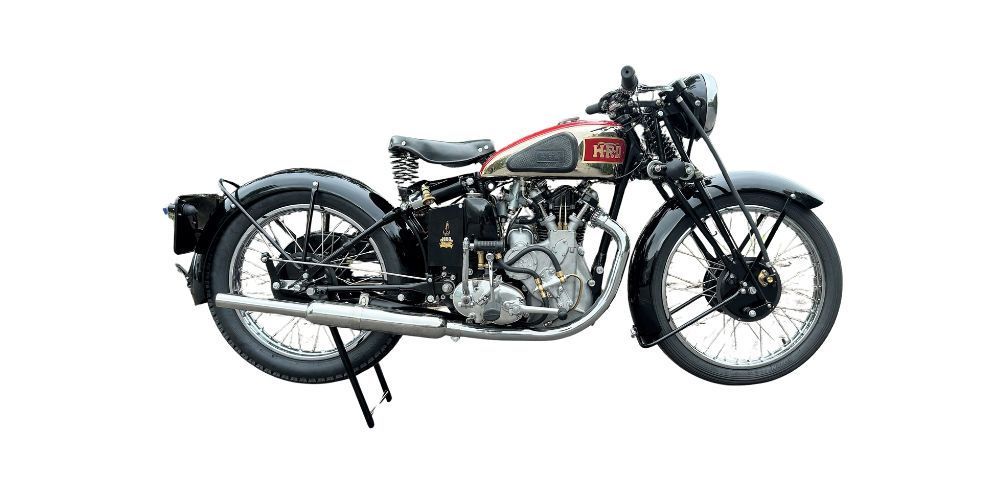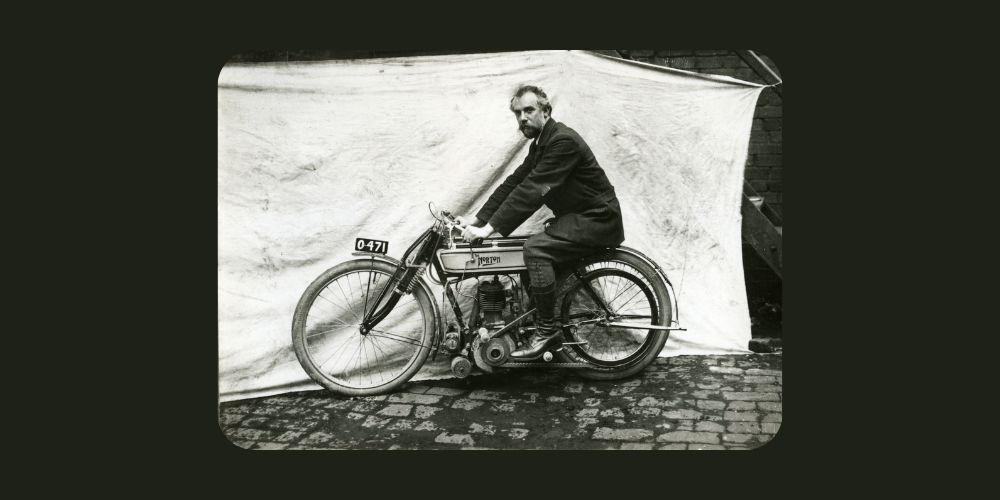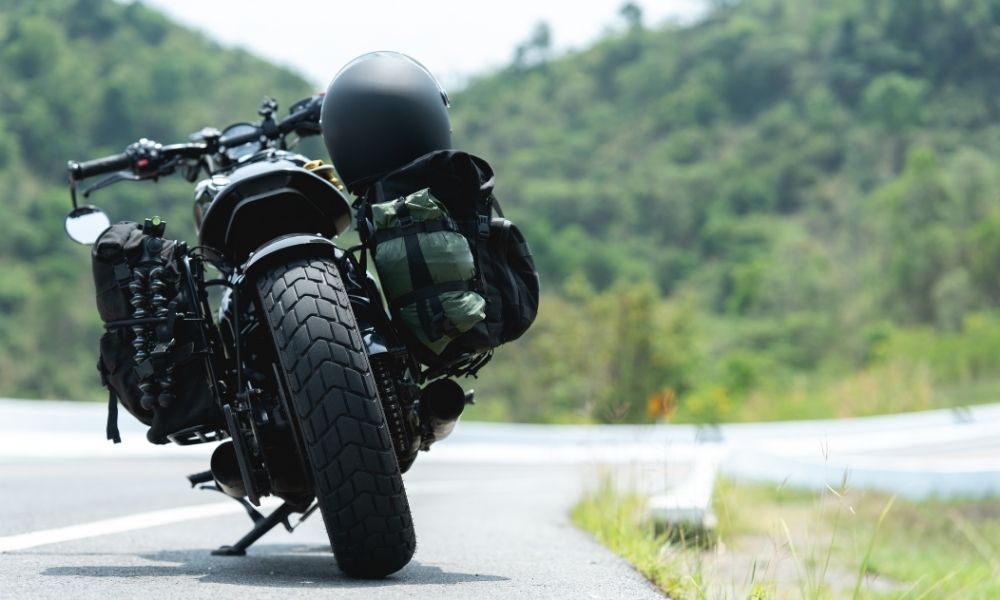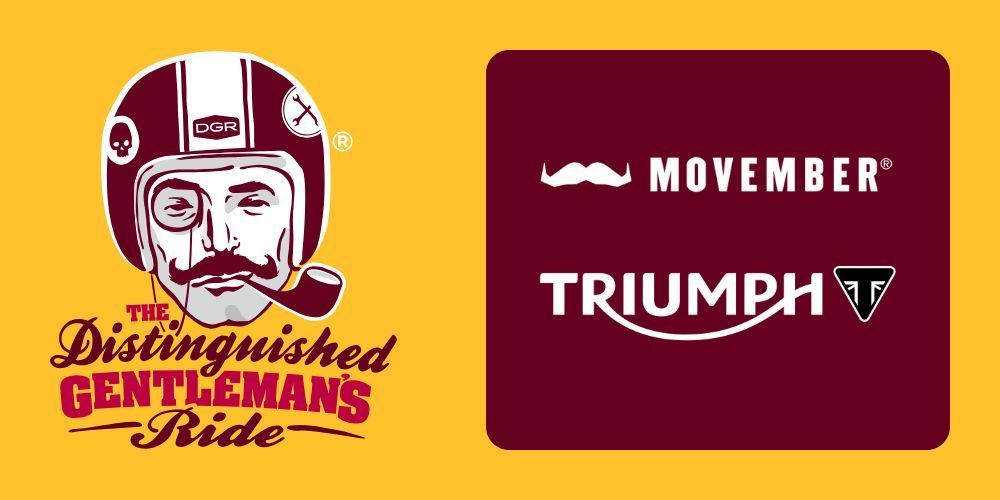Ride Smart, Ride Safe: Your Guide to Motorcycle Safety Month
As the spring weather beckons riders to dust off their motorcycles and hit the open road, May brings another important annual tradition: Motorcycle Safety Month. For enthusiasts and casual riders alike, this month serves as a crucial reminder that the freedom of the open road comes with significant responsibilities.
According to the National Highway Traffic Safety Administration (NHTSA), motorcyclists are about 28 times more likely than passenger vehicle occupants to die in a motor vehicle crash (NHTSA 2024). This sobering statistic isn't meant to discourage riding, but rather to emphasize why dedicated safety awareness can quite literally save lives.
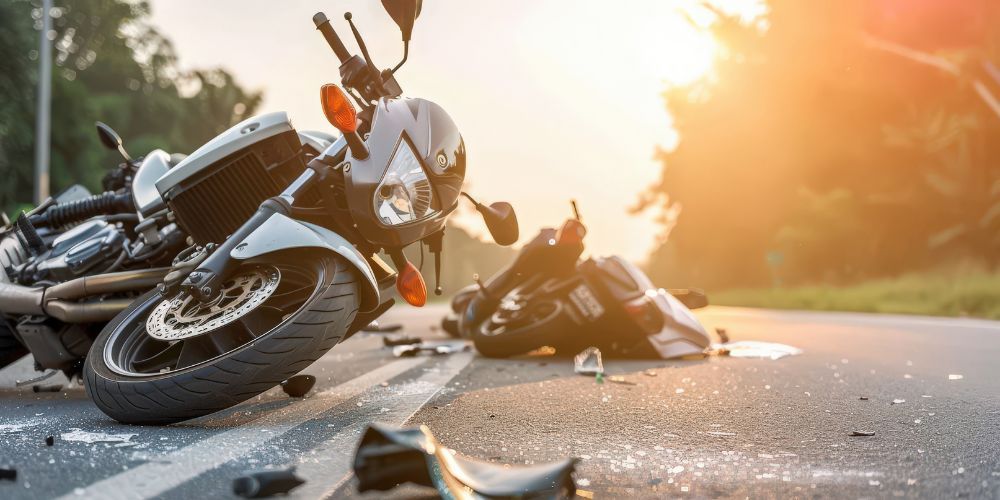
The History and Importance of Motorcycle Safety Month
Motorcycle Safety Month began in the early 1980s as a collaborative effort between motorcycle organizations and government agencies to address rising accident rates. What started as local safety campaigns eventually coalesced into a nationally recognized observance held each May—strategically timed to coincide with the beginning of the riding season for many parts of the country.
Today, the observance involves participation from major motorcycle manufacturers, riding clubs, dealerships, and safety organizations like the Motorcycle Safety Foundation (MSF). Their collective goal remains unchanged: reducing motorcycle fatalities and injuries through education, training, and awareness.
The impact of these efforts has been significant. In regions with strong safety programs, rider fatality rates have decreased even as motorcycle registrations have increased. This demonstrates that awareness and education truly make a difference on our roads.
Essential Safety Gear Every Rider Needs
No discussion about motorcycle safety would be complete without emphasizing the critical importance of proper gear. The right equipment isn't just about comfort—it can be the difference between walking away from a crash and not walking away at all.
Helmets: Your First Line of Defense
A DOT-approved helmet is the single most effective piece of safety equipment a motorcyclist can wear. Full-face helmets provide the most comprehensive protection, safeguarding not just your skull but also your face and jaw. When choosing a helmet, ensure it meets safety standards (DOT, ECE, or Snell certification), fits properly, and is replaced every five years or after any impact.
Protective Clothing: Dress for the Slide, Not Just the Ride
Beyond helmets, comprehensive protective gear includes:
- Jackets and pants: Ideally made from abrasion-resistant materials like leather or textile with armor at impact points (shoulders, elbows, knees, and back)
- Gloves: With reinforced palms and knuckle protection
- Boots: That cover the ankles and provide slip-resistant soles
- Eye protection: Either through a helmet visor or separate eyewear
Modern gear manufactures have developed impressive innovations that combine protection with comfort. Today's riding gear often incorporates ventilation for hot weather, waterproofing for rain, and even airbag technology that deploys in crashes—all while looking stylish on and off the bike.
My Personal Safety Story: When Gear Saved My Skin—Literally
I've experienced firsthand how proper gear can be the difference between a hospital stay and walking away from a crash. I've been in two significant motorcycle accidents during my riding career—one that wasn't my fault, and another that was partly my fault combined with oil on the road.
The more severe crash resulted in my CBR 900 being completely totaled. In the aftermath, the evidence of what could have happened to my body was written across my gear: my left boot was completely shredded, the jacket's left side was torn open, the palm of my gloves had worn through, and my helmet bore significant side scuffs from impact.
Despite the violence of the crash, I walked away with nothing more than a severe bruise. No road rash, no cuts, no broken bones—all because I was wearing proper safety gear. The alternative outcome is something I prefer not to dwell on, but it's clear that my equipment absorbed damage that would have otherwise been inflicted on my body.
This experience cemented my riding philosophy: don't dress for the ride, dress for the slide. That extra time gearing up properly before a ride might seem inconvenient, but those few minutes can literally save your skin—and possibly your life.
Pre-Ride Motorcycle Inspection Checklist
Before every ride, a quick but thorough inspection can prevent mechanical failures that lead to accidents. The Motorcycle Safety Foundation recommends the T-CLOCS method:
- T - Tires and Wheels: Check pressure, tread, bearings, and spokes
- C - Controls: Examine levers, pedals, cables, hoses, and throttle
- L - Lights and Electrics: Test headlight, signals, horn, and switches
- O - Oil and Fluids: Check levels and look for leaks
- C - Chassis: Inspect the frame, suspension, chain, and fasteners
- S - Stands: Ensure the side stand retracts properly and doesn't interfere with operation
This process takes just a few minutes but can identify potential issues before they become dangerous mid-ride problems. Make this inspection a habit, just like putting on your helmet.
Rider Education and Skill Development
Even experienced riders benefit from continuing education. Motorcycle Safety Foundation courses are available for riders at all skill levels, from complete beginners to seasoned veterans looking to sharpen their abilities.
These courses cover crucial skills including:
- Emergency braking techniques
- Swerving to avoid obstacles
- Proper cornering methods
- Scanning for hazards
- Group riding protocols
Many insurance companies offer discounts for riders who complete these courses, acknowledging that skilled riders present lower risk. Beyond formal courses, parking lot practice sessions can help maintain and improve critical skills that may save your life in emergency situations.
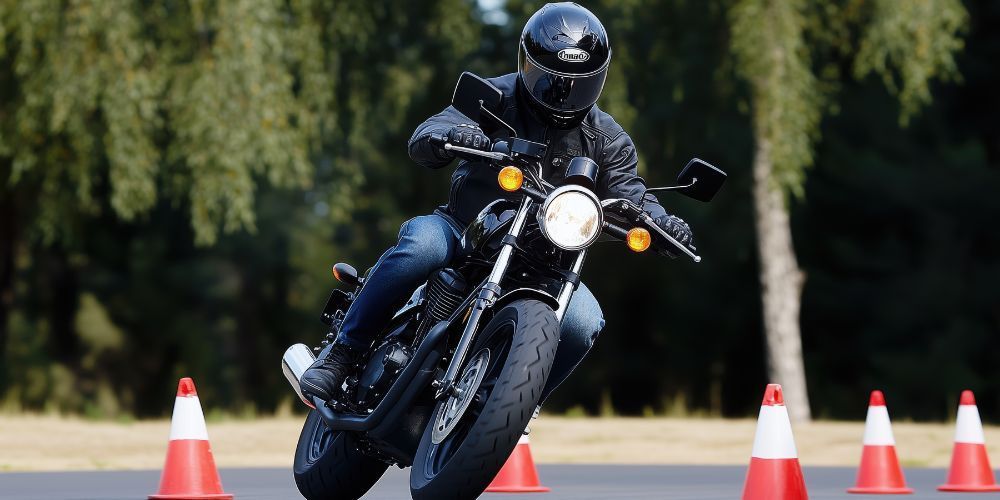
Sharing the Road Safely
Motorcycle safety isn't solely the rider's responsibility—it's a shared obligation among all road users. However, riders can significantly increase their safety by adopting defensive riding practices:
- Assume you're invisible: Ride as if other drivers cannot see you, positioning yourself for maximum visibility
- Maintain space cushions: Leave adequate following distance and escape routes in traffic
- Scan aggressively: Constantly evaluate road conditions and driver behaviors around you
- Signal clearly: Use turn signals early and consider hand signals when appropriate
- Avoid blind spots: Position yourself where other drivers can see you in their mirrors
A common factor in motorcycle accidents is other drivers claiming they "didn't see the motorcycle." Combat this by wearing high-visibility gear, using your headlight at all times, and positioning yourself strategically in traffic.
Special Considerations for Group Riding
There's nothing quite like the camaraderie of group riding, but it comes with unique safety challenges. Successful group rides require planning, communication, and discipline:
- Establish a clear riding formation (typically staggered)
- Agree on hand signals for communication
- Conduct a pre-ride briefing to set expectations
- Account for different skill levels when planning routes and stops
- Designate experienced riders for lead and sweep positions
Remember that each rider remains responsible for their own safety. Never push beyond your comfort level simply to keep up with a group.
Motorcycle Safety Community Initiatives
Motorcycle Safety Month isn't just about individual riders—it's a community-wide effort. Around the country, organizations host events that combine safety education with the joy of riding:
- Dealer-sponsored safety inspections
- Group rides promoting visibility awareness
- Rider skills demonstrations
- Gear effectiveness exhibitions
- Local chapter safety workshops
These events provide perfect opportunities to connect with fellow riders while reinforcing the importance of safety culture. Check with local dealerships, riding clubs, and motorcyclist rights organizations for events in your area.
Making Safety a Year-Round Priority
While May puts the spotlight on motorcycle safety, these principles deserve attention throughout the entire riding season. Safety isn't just a monthly observance—it's a mindset that should accompany every ride, whether it's a daily commute or a cross-country adventure.
This Motorcycle Safety Month, challenge yourself to upgrade one aspect of your safety routine. Perhaps it's finally taking that advanced rider course, investing in high-visibility gear, or establishing a more thorough pre-ride inspection habit. Whatever you choose, remember that the ultimate goal is ensuring you can enjoy the freedom and exhilaration of motorcycling for many years to come.
Post-Accident Guidance
Even with the best preparation and safety gear, accidents can still happen. Knowing what to do immediately following a motorcycle crash can make a significant difference in both your physical recovery and the protection of your legal rights.
Immediate Steps to Take After an Accident
Prioritize Safety FirstMove to a safe location if possible to avoid further danger
- Turn on hazard lights or set up warning signals if available
- Call 911 immediately, even if injuries seem minor
- Do not remove your helmet until emergency personnel arrive unless absolutely necessary
Seek Medical Attention
- Get medical help right away—some injuries like internal trauma or concussions may not show immediate symptoms
- Follow all medical advice and attend all follow-up appointments
- Keep detailed records of all medical visits, treatments, and expenses
- Request copies of all medical records related to your accident injuries
Document the Scene
- Take photos of the accident scene, all vehicles involved, road conditions, and visible injuries
- Collect contact information from witnesses and other involved parties
- Note weather conditions, time of day, and any other relevant factors
- Record traffic signs, signals, or road markings that may be relevant
- Do not move your motorcycle until police have documented the scene (unless it's creating a hazard)
Legal Requirements and Reporting Obligations
Police Report Requirements
- In most states, you are legally required to report any accident involving injury, death, or significant property damage
- Call the police to the scene to file an official report, which provides crucial documentation for insurance and potential legal claims
- Provide accurate information but avoid admitting fault or making speculative statements
- Request a copy of the police report for your records (typically available 3-10 days after the accident)
State-Specific DMV Reporting Requirements
- California: You must file a Report of Traffic Accident (SR-1 form) with the DMV within 10 days if there was an injury, death, or property damage exceeding $1,000, as required by California Vehicle Code §16000
- New York: Under Section 605 of the New York State Vehicle and Traffic Law, you must file a Motorist Accident Report (MV-104) if there's an injury, death, or property damage exceeding $1,000; failure to do so may result in license suspension (NY DMV, 2024)
- Texas: You must report an accident to the Texas Department of Transportation within 10 days if it resulted in injury, death, or property damage over $1,000
- Florida: While Florida doesn't require motorcycle insurance, accidents involving injury or death must be immediately reported to law enforcement per Florida Statutes §316.027 and §316.065
Insurance Notification
- Report the accident to your insurance company promptly, typically within 24-48 hours
- Provide only the basic facts about the incident without elaborating
- Be aware that delayed reporting could give your insurer grounds to deny coverage
- Document all communications with insurance representatives, including names, dates, and details discussed
Evidence Preservation and Documentation
- Keep all damaged gear (helmet, jacket, gloves, etc.) as evidence of impact forces
- Do not repair your motorcycle until after insurance documentation
- Maintain a journal documenting your injuries, pain levels, and recovery process
- Save all medical records, bills, and receipts for accident-related expenses
- Document any lost wages or other financial impacts with supporting evidence (pay stubs, letters from employers)
- Take photos of your injuries as they heal to document the recovery process
Understanding Your Legal Rights
Liability Considerations
- Motorcycle accidents often involve complex liability issues, as many states follow comparative or contributory negligence rules
- In states with comparative negligence laws, your compensation may be reduced by your percentage of fault
- Be aware that motorcycle biases can affect how fault is assigned—many drivers automatically assume motorcyclists are reckless
- Helmet use can affect your claim in some states; failing to wear a helmet when legally required may reduce compensation if head injuries are involved
Damage Recovery Options
You may be entitled to various types of compensation, including:
- Medical expenses (current and future)
- Lost wages and diminished earning capacity
- Property damage (motorcycle, gear, personal items)
- Pain and suffering
- Emotional distress
- Loss of enjoyment of life
- The statute of limitations for filing a motorcycle accident lawsuit varies by state (typically 1-3 years), so prompt action is essential
When to Consider Legal Representation
- Serious injuries or significant property damage
- Disputed liability or fault
- Insurance company denials or low settlement offers
- Multiple parties involved
- Accidents involving government vehicles or hazardous road conditions
- Most personal injury attorneys offer free consultations and work on contingency fees (no upfront cost)
Special Considerations for Motorcycle Accidents
Motorcycle-Specific Challenges
- Motorcycle accidents typically result in more severe injuries than car accidents
- Insurance adjusters may be biased against motorcyclists, requiring stronger evidence
- Common driver defenses include claiming they "didn't see the motorcycle" or that the rider was speeding
- Lane-splitting (riding between lanes of traffic) legality varies by state and can affect liability
Medical Documentation Importance
- Motorcycle accidents often cause unique injuries that may not be immediately apparent
- "Road rash" can lead to severe infections and permanent scarring if not properly treated
- Head injuries can have delayed symptoms and long-term consequences
- Document all injuries, no matter how minor they initially seem
Remember that each state has different laws regarding motorcycle accidents, reporting requirements, and compensation. Consulting with a motorcycle accident attorney familiar with your state's laws can help ensure you meet all legal obligations and receive fair compensation for your injuries and damages.
Motorcycle Safety Statistics
Fatality & Injury Statistics
- In 2023, 6,335 motorcyclists were killed in crashes, representing 15% of all traffic fatalities, despite motorcycles being only about 3% of registered vehicles (NHTSA, 2024)
- Motorcyclists are approximately 28 times more likely than passenger car occupants to die in a motor vehicle crash per vehicle miles traveled (NHTSA, 2023)
- In 2022, motorcycle fatalities rose to 6,218, marking a 32% increase over the past 10 years (NSC, 2024)
Helmet Effectiveness
- Motorcycle helmets reduce the risk of head injury by 69% and reduce the risk of death by 42% (Advocates for Highway and Auto Safety, 2024)
- In 2022, helmet use was 66.5% nationwide, but significantly higher (81.5%) in states with universal helmet laws compared to states with partial or no helmet laws (56.2%) (National Safety Council, 2024)
- Helmets save an estimated $2.7 billion in economic costs annually (Advocates for Highway and Auto Safety, 2024)
Crash Patterns & Causes
- In two-vehicle motorcycle crashes, 43% involve another vehicle making a left turn while the motorcyclist is going straight (Riders Share, 2024)
- Most motorcycle accidents occur between 6pm and 9pm, especially on weekends (Riders Share, 2024)
- In many motorcycle crashes involving another vehicle, the car driver is at fault, often violating the motorcyclist's right-of-way (Riders Share, 2024)
State-Specific Information
- Only 17 states and the District of Columbia have universal helmet laws requiring all riders to wear helmets (IIHS, 2024)
- Florida, California, and Texas had the highest number of motorcycle deaths in recent years (Riders Share, 2024)
Safety Equipment Impact
- Full-face helmets are more effective at preventing head injuries compared to half-coverage or open-face helmets due to complete head coverage and chin protection
- Improperly worn or unfastened helmets significantly reduce protection effectiveness during crashes
What is the minimum safety gear I should wear when riding a motorcycle?
At minimum, you should always wear a DOT-approved helmet, jacket with armor, gloves, long pants (preferably riding pants with protection), and over-the-ankle boots. While this is the minimum, full riding pants with armor and reflective elements are strongly recommended for comprehensive protection.
How often should I replace my motorcycle helmet?
Most manufacturers recommend replacing your helmet every 5 years under normal use. However, if your helmet has been in a crash or shows signs of damage (cracks, compressed foam, loose padding), replace it immediately regardless of age. Even if a helmet looks fine after a drop, the internal protective materials may be compromised.
Are motorcycle safety courses worth the time and money?
Absolutely. Research consistently shows that riders who complete formal training courses have fewer accidents than those who are self-taught. Beyond the safety benefits, many insurance companies offer discounts for riders who complete certified courses, potentially offsetting the cost of the training over time.
About the Author
William Flaiz, passionate about European motorcycle brands, shares his expertise and stories on RunMotorun.com. He offers detailed insights and reviews, aiming to educate both seasoned enthusiasts and newcomers. Flaiz combines personal experience with thorough research, welcoming visitors to explore the rich world of European motorcycles alongside him.


